Prunus is a genus of fruiting trees and shrubs which includes plums, cherries, peaches, nectarines, apricots and almonds.
All are native to the northern temperate regions; 430 different species are classified but only a small number are regularly used for bonsai. Many are widely cultivated for their fruit and for decorative purposes. Prunus fruit are stone fruits. The fleshy mesocarp surrounding the endocarp stone is usually edible. They can be deciduous or evergreen. A few species have spiny stems. The leaves are simple, alternate, usually lanceolate and un-lobed. The flowers are usually white to pink, occasionally red, with five petals and five sepals. The flowers are borne singly or in clumps of two to six. The fruit is fleshy with a single relatively large, hard-coated stone.
Prunus sub species:
- Amygdalus, almonds and peaches: fruit with a groove along one side; stone deeply grooved; Prunus dulcis (almond).
- Prunus, plums and apricots: flowers in early spring stalked, not on leafed shoots; fruit with a groove along one side, stone rough; type species: Prunus domestica (plum).
- Cerasus, cherries: flowers in early spring long-stalked, not on leafed shoots; fruit not grooved, stone smooth; type species: Prunus cerasus (sour cherry).
- Lithocerasus: flowers in early spring long-stalked, not on leafed shoots; fruit not grooved, stone smooth;: Prunus pumila (sand cherry).
- Padus, bird cherries: flowers in late spring short-stalked; fruit not grooved, stone smooth; type species: Prunus padus (European bird cherry).
A number of species, hybrids, and cultivars are grown as ornamental plants, usually for their profusion of flowers or ornamental foliage and shape, and occasionally for their bark.
Species such as blackthorn (Prunus spinosa) are grown for hedging, game cover, and other utilitarian purposes.
The wood of some species (notably black cherry) is prized for furniture making.
Species often used for bonsai cultivation
Many can and are used but most frequently their use is based upon size of fruit and leaves; you may reduce leaf size but fruit size can never be changed. Large fruits on very small trees not only look incongruous but are a severe drain upon the trees energy source.
Prunus spinose – blackthorn or sloe.
This is a large deciduous shrub or small tree growing to 5 metres tall, with blackish bark and dense, stiff, spiny branches. The leaves are oval, 2.5 cms long and 1.5 cms wide, with a serrated edge.
This can be purchased from garden centres as well as good specimens being obtained from discarded hedges but always with the owners’ permission.
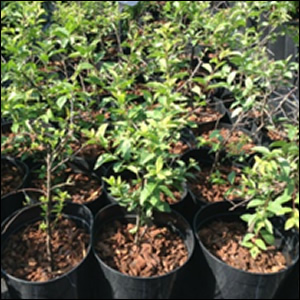
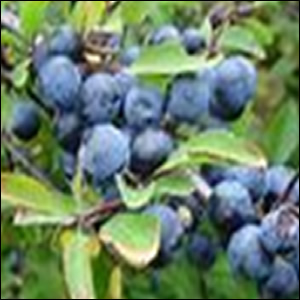
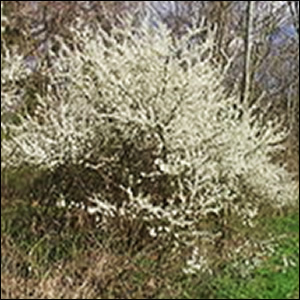
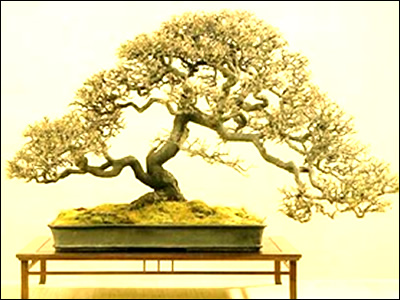
Comparing Blackthorn and Hawthorn
Some people appear to have trouble distinguishing between blackthorn and hawthorn especially in spring when both have abundant small white flowers. Both are very common north European hedging plants with many similarities.
Blackthorn and hawthorn flowers both have five petals. Note that blackthorn (left) does not have its leaves yet but the hawthorn (right) does.
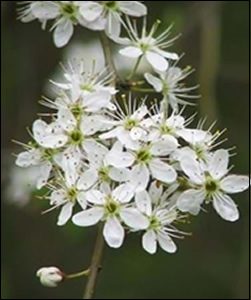
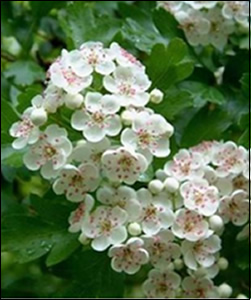
Hawthorn and blackthorn are two of the most easily confused species, so here is a closer look at their differences to help you tell them apart.
- Hawthorn is also known as the May tree as its flowers blossom in May.
- Both trees have creamy-coloured flowers with five petals. They display around the same time and are both valuable to wildlife, supporting hundreds of insect species. There are however, some key differences:
- Blackthorn blossoms before its leaves start to show, whereas hawthorn flowers after its leaves have emerged. This is one of the best tips for identifying the two species in spring.
- Blackthorn usually flowers first, from around March to June.
- Hawthorn flowers from around April to June.
- Hawthorn petals are rounded and fuller than those of blackthorn.
Leaves:
With quite distinct leaf shapes, the two species are easier to tell apart once the flowers have faded.
- Blackthorn leaves are oval with a toothed edge
- Hawthorn leaves are lobed with jagged edge
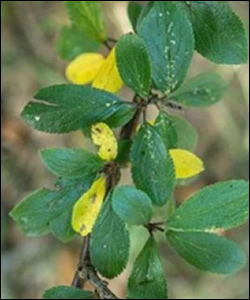
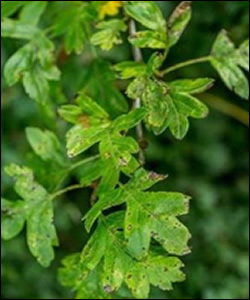
Blackthorn's oval leaves (left) are easy to tell apart from the lobed leaves of hawthorn (right).
Fruits:
The fruits of these two spiny species can be seen around the same time, but there is no mistaking which is which.
Blackthorn
This produces one of our better known berries - sloes. These sour blue-black fruits measure about 1cm across and grow from around September to December. Commonly used for flavouring gin, sloes are also popular for making wine and preserves.
Hawthorn
Thesebranches are adorned by deep red haw berries from around September to November. They are an important food source for birds and small mammals, and can be eaten by people too. You could get a mild stomach upset if you eat them raw – they’re much better in jellies, wines and ketchups.
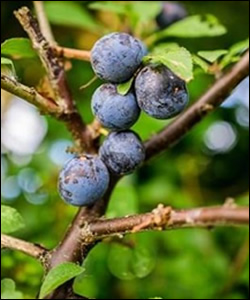
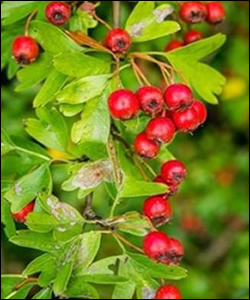

Prunus cerasus - sour cherry or dwarf cherry
Growing to about 5 metres it is among the smaller varieties with twiggy branches and smaller leaves with short stemmed red fruit. The bark of the tree is reddish-brown and shiny, with peeling horizontal strips. The branches spread upwards and have smooth twigs.
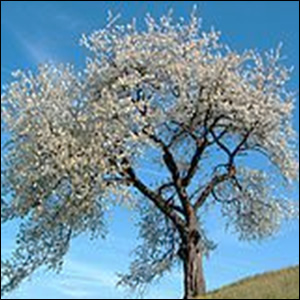
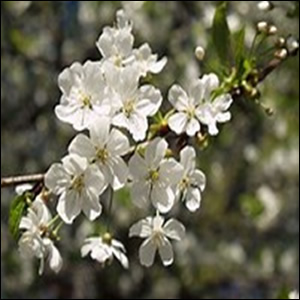
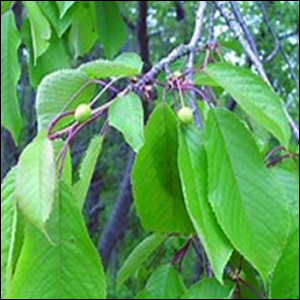
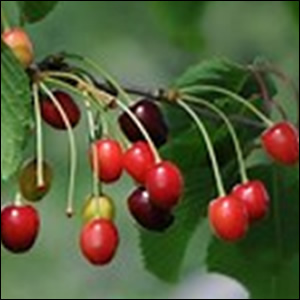
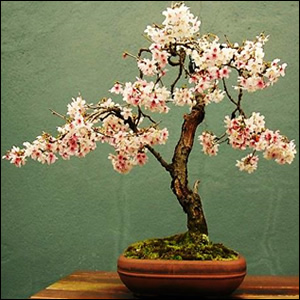

Prunus padus - bird cherry or hackberry
A species of cherry, a deciduous small tree or large shrub up to 16m tall which has flowers in racemes and the fruit is very bitter.
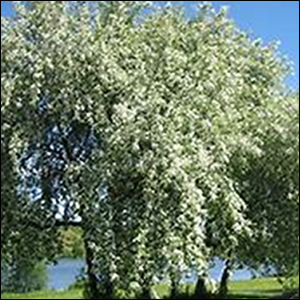
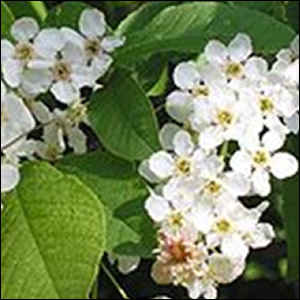
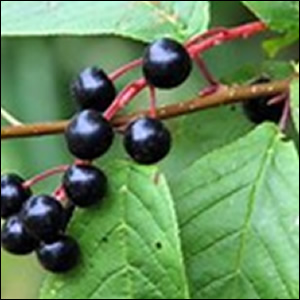
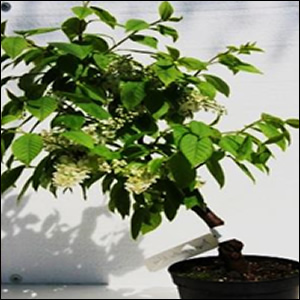

Prunus mume - Chinese or Japanese plum and Japanese apricot
The flower, a favourite subject in the traditional painting and poetry of East Asia, is usually called plum blossom. This distinct tree species is related to both the plum and apricot trees. Although generally referred to as a plum in English, it is more closely related to the apricot. Prunus mume is a deciduous tree that starts to flower in mid-winter, typically around January until late February. It can grow to 10 metres tall. The flowers are 2.0 – 2.5cms in diameter and have a strong fragrant scent.
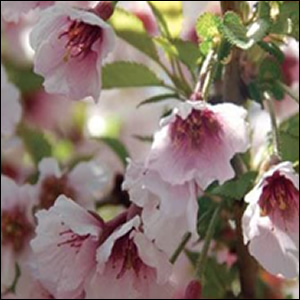
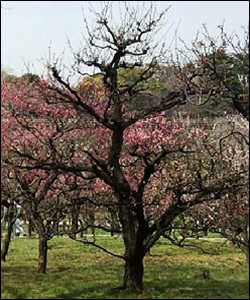
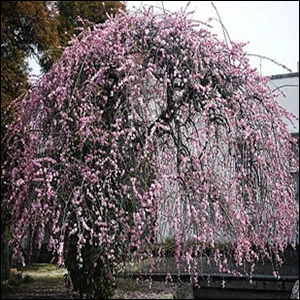
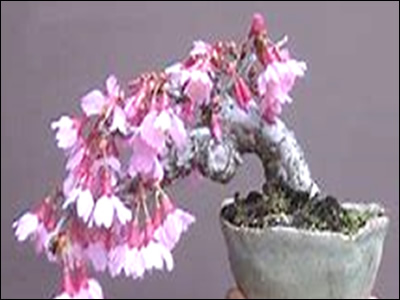
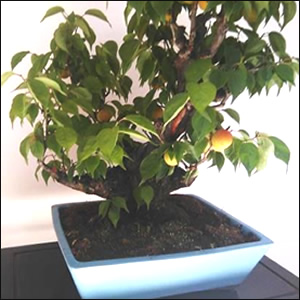
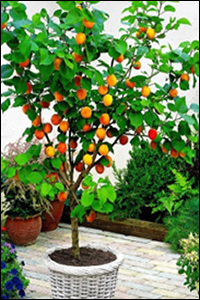
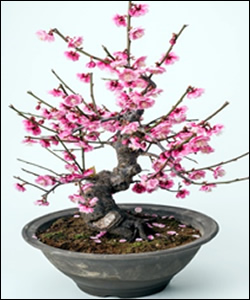
Prunus as bonsai:
For bonsai, Prunus lends itself to a number of styles, the most common being informal upright. Once allowed to grow to the size intended, it is thereafter a case of maintaining the tree’s shape with occasional pruning. This is best done either during the winter months before the flowers are produced. Further trimming can be done to maintain the shape once the flowers are gone but while the leaves are still in place during mid- to late summer.
Pests and Diseases:
As a species, the main problem affecting Prunus is foliar disease such as leaf scorch or leaf spot, caused by a fungus and which leads to yellow or brown leaves. The problem is best dealt with by collecting and destroying the affected leaves which then reduces the amount of fungus available for infection the following year.
Another problem can be canker; this is where branches or stems have malformed areas on them, often with a dark gum oozing from the damaged area. The only option in resolving the problem is removal of the affected wood as no chemical treatment is currently available at present.
Web design: nysys